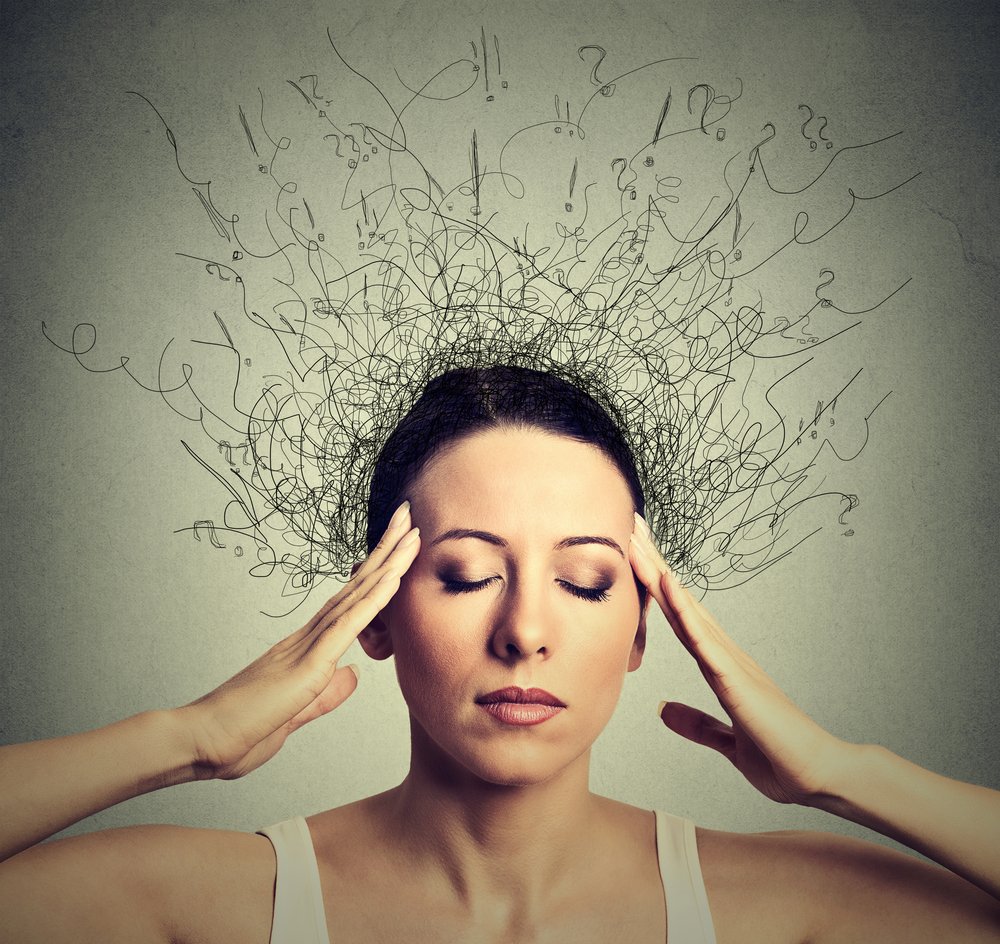When you think of how the ADHD brain works, are you tempted to think of a cluttered drawer? Do you find it daunting trying to change that picture of a cluttered drawer into anything more neat and organized?
Organizing our time and energy so that we are our most productive selves is a challenge without the added complications that ADHD brings with it. In order to be our most productive selfs, it’s important that FastBraiiners understand how the ADHD brain works best (hint: it doesn’t have to be that cluttered drawer).
Organization can be a challenging task especially if we don’t understand the whole picture of where we are going. Fortunately, understanding how the ADHD brain works is the whole picture of our end goal.
Have you ever tried to put together a puzzle without seeing the picture on the box? Impossible? Feels like the anxiety of a cluttered drawer, maybe? Like working on a puzzle, understanding how the ADHD brain works is the picture on the puzzle box: our roadmap to fitting all the complicated seemingly discordant pieces of life, work, and play, into place.
Understanding how the ADHD brain works teaches us that it’s important to use a few simple tools to best organize and utilize our time and energy. What are those tools? Read on for two tools that help us to see the bigger puzzle box picture and where each piece fits in.
Use A Calendar
FastBraiiners can be notorious for forgetting appointments, deadlines, or meetings, leading to great frustration and disappointment. One of the easiest and most effective ways to begin thriving with FastBraiin is to become best friends with your calendar.
A few suggestions:
- First, determine to use a calendar (at least for more than one day!). If using a calendar sounds daunting to you at first, don’t be overwhelmed. There are resources (check out here and here) available to help find the right format for your personality.
- Every time something comes up, get it in the calendar. No exceptions. Don’t be fooled into thinking you will remember it. You know yourself better than that. And this will also release your brain from the anxiety of having to hold onto more information.
- Set reminders (for digital calendars). Give a generous enough cushion, say 30 min. in case you totally forgot you had something going on. That will give you enough time to adjust.
- Every day review the calendar and events coming up in the next 7 days.
- Once a week review the month.
Use A Digital To-Do List
Though you may not be able to hire a personal secretary, you need not be too concerned. With recent advances in technology, certain apps have the ability to become like highly functioning digital assistants.
Why make your brain do more than it’s capable of? Release your brain of the burden to remember what to do by utilizing a virtual assistant to-do program. Apps like Todoist and Omnifocus work great, have a plethora of features, and can sync across multiple devices.
Use one of these apps as a simple to-do list or dig deeper into their nuances for a more complex strategy, such as setting recurring tasks, reminders, and labels. The more you invest in your to-do app, the more you will get back from it.
A few suggestions:
- Brain dump everything you have been needing to do. You may be surprised at how this simple step can free up important mental real estate that can now be devoted to accomplishing tasks rather than remembering tasks.
- Organize your to-do’s into categories, i.e. school, family, or work.
- Break down your bigger tasks into smaller tasks.
- Begin the month looking over your to-do list for the month. Pick out the top three most important tasks for the month. Prioritize accordingly.
- Begin the week looking over your to-do list for the week. Pick out the top three most important tasks for the week. Prioritize accordingly.
- Begin the day by looking over your to-do list for the day. Pick out the top three most important tasks for the day. Prioritize accordingly.
Toolkit For the Future
FastBraiiners need to understand how the ADHD brain works in order to properly harness its power. There are many techniques available (such as reducing stress or exercising) to be the most productive version of yourself, with using a calendar and a digital to do list just being two of many tools available. Challenge yourself to use these and other tools today.
Making adjustments, no matter how small, might be difficult at first, but will prove to be invaluable over time. If you find these things to be a struggle at first, don’t give up. Always remember, you’re not alone and there are resources out there to help, both here at FastBraiin and other places online.
Now that you understand a little on how the ADHD brain works, hopefully that idea of a cluttered drawer feels less like reality and more like some old version of yourself. Use this post and these tools, a calendar and to do list, as the first tools in your ever growing tool kit. Just remember, FastBraiin is here to help provide more tools as you build your inventory.

